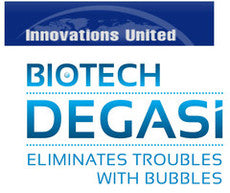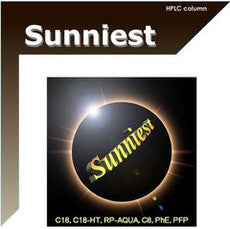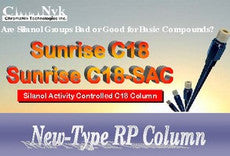A long alkyl group like C30 (triacontyl group) phase has been known to be more suitable than a conventional C18 phase for separation of hydrophobic structurally related isomers such as vitamin E or vitamin K1. However, in many cases a C30 column shows a tailing peak. This tailing is considered to be a reason why C30 ligand density is too high. We have reported optimization for a pore diameter of the superficially porous silica and a ligand density of C30 phase [1]. In this study, the optimized C30 phase was evaluated to compare with C18 phase or the other C30 phase. Regarding separation of cis and trans-vitamin K1, the optimized C30 phase showed better separation than the other C30 phase while a C18 phase could not separate them. The higher temperature, the worse separation of isomers. The optimized C30 phase could separate cis and trans-vitamin k1 at over 30 degree Celsius although the other C30 phase couldn’t. This C30 phase was applied for separation of some structural related isomers, and showed higher resolution of isomers than conventional C18 phase.











